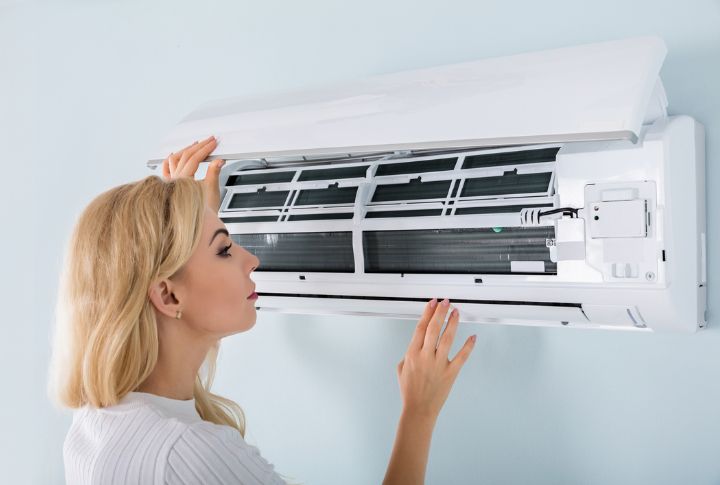
As the temperature soars, we tend to rely more on air conditioners. However, many air conditioning myths can lead to misconceptions and inefficiencies amidst the heat. It’s important not to let these beliefs dictate your cooling habits. During the sweltering summer months, not relying on common misconceptions can improve your energy efficiency, prolong the lifespan of your HVAC system, and keep your home cooler and more comfortable. Here are some common air conditioner myths that you need to stop believing.
Leaving the AC on all day is more energy-efficient than turning it on and off
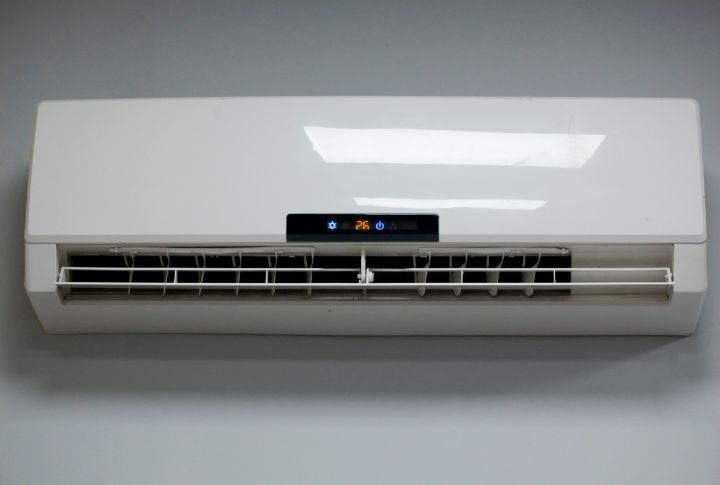
Contrary to popular belief, leaving your AC on all day doesn’t save energy. Turning it off is more efficient when you’re not home or don’t need it. Use a programmable thermostat to control the temperature and save energy.
Lowering the thermostat temperature cools the room faster

No matter what the thermostat setting, air conditioners operate consistently. Lowering the setting too much wastes energy and doesn’t cool the area faster.
Closing vents in unused rooms saves energy
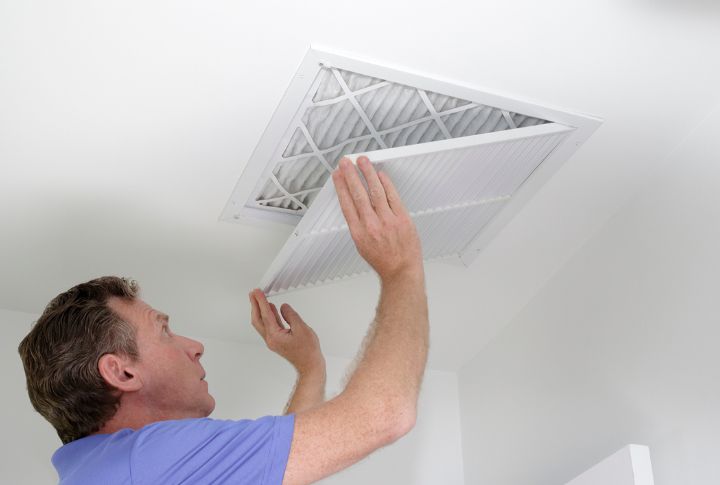
Closing vents can disrupt airflow and strain your HVAC, leading to inefficiencies and potential damage. It’s best to keep all vents open for optimal airflow throughout your home. After all, the purpose of the AC is air circulation; the more airflow available, the better.
Bigger AC units cool faster and better
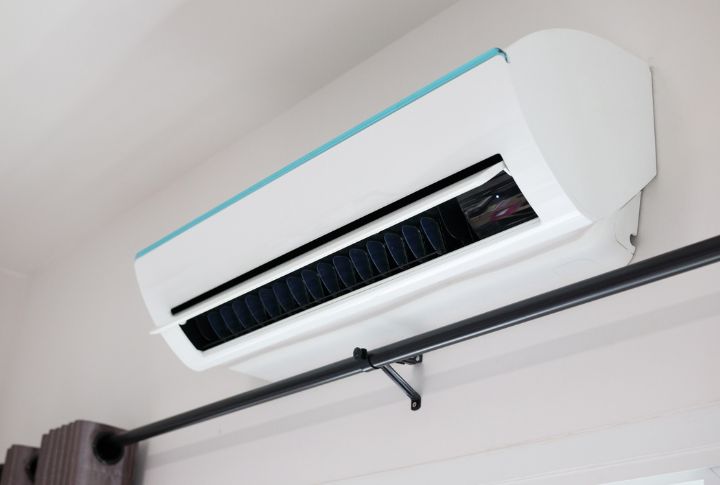
An oversized AC unit can lead to uneven cooling, higher humidity levels, and increased energy consumption. Choosing the right size unit for your space is critical to ensure efficient and effective cooling. Get a certified professional to look into your installation before deciding to save you the hassle.
Regularly changing the AC filter isn’t necessary
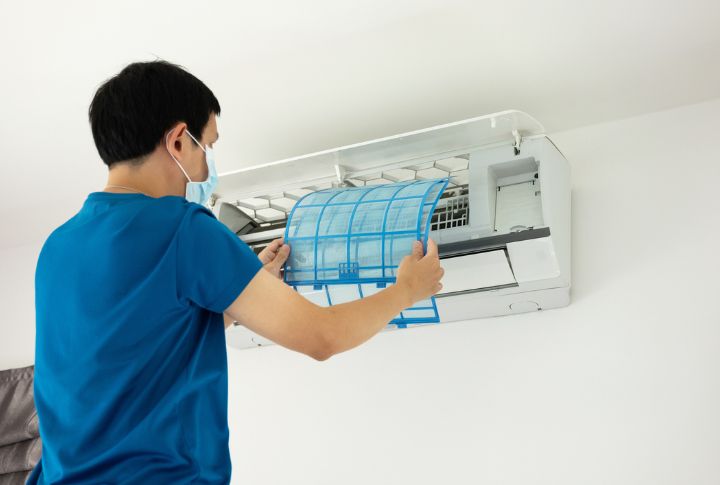
A dirty filter restricts airflow, reduces efficiency, and can lead to malfunctions. Regularly changing the filter every 1-3 months is essential for maintaining optimal performance and indoor air quality. Neglecting this can significantly impact your AC’s effectiveness.
Turning the thermostat to the lowest setting provides maximum cooling
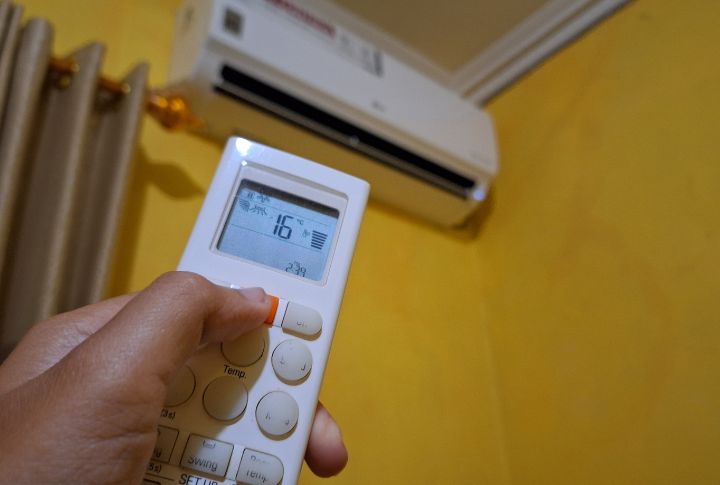
Unfortunately, setting the thermostat too low doesn’t cool the place faster. This usually overloads your AC, especially when used for prolonged periods, as it forces the system to use more energy. Your power bills will skyrocket in the long run, and your machine’s lifespan will take a tremendous hit.
Air conditioners only need maintenance when they’re not working properly
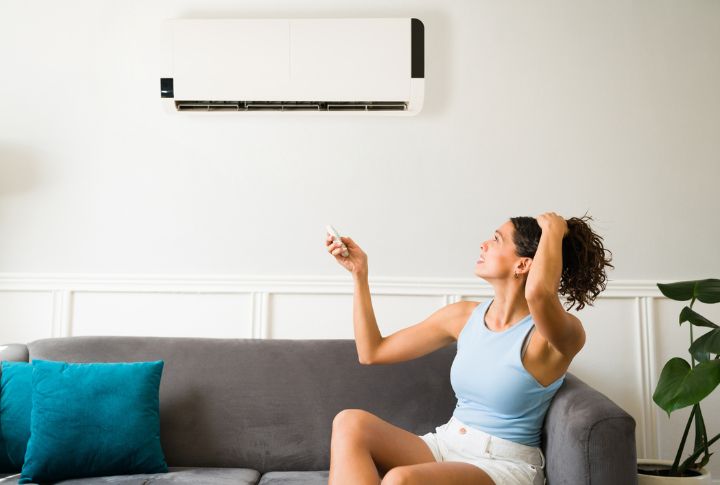
A regularly maintained air conditioner will operate more efficiently and last longer. Schedule annual tune-ups, including cleaning coils, checking refrigerant levels, and inspecting for any issues. Regular checkups will also reduce repair costs in the long run, as the damaged components won’t pile up over time.
It’s normal for the AC to emit a musty odor when first turned on
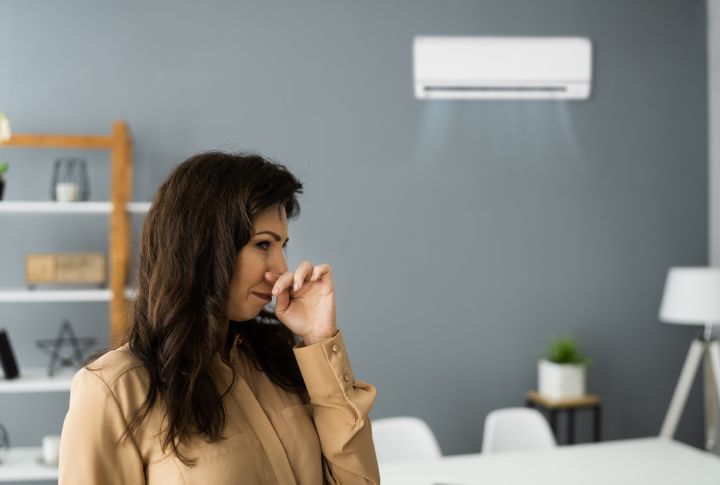
A musty odor can indicate mold or mildew growth within the system, impacting indoor air quality and posing health risks. If you notice any unusual odors, having your AC inspected and cleaned by a professional is important. You never know what might be lurking in those filters.
Placing ice or frozen bottles in front of the air conditioner will make it cooler
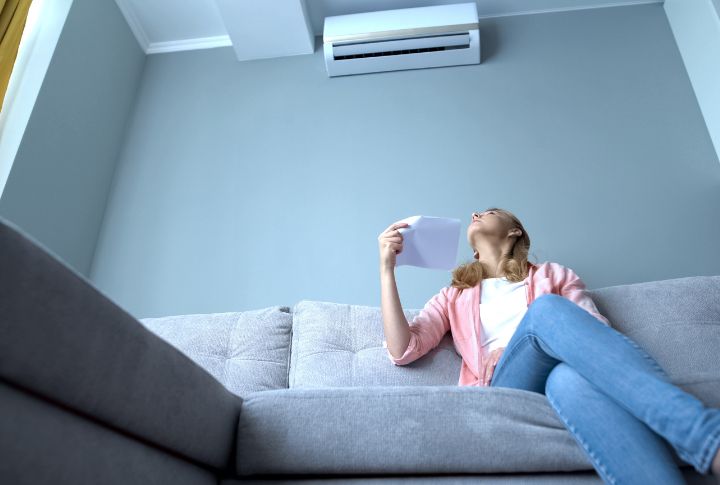
This hack may temporarily provide a sensation of cooler air, but it does not effectively cool the room. It can also strain the AC unit and increase humidity levels in the long run.
Keeping the windows open while the AC is running helps circulate fresh air

Opening windows while the AC is on can allow warm air from outside to enter, reducing the efficiency of the cooling system and increasing energy consumption. It’s best to keep windows closed to maintain a consistent temperature indoors.
By closing your blinds and curtains during the day, you’ll reduce AC usage
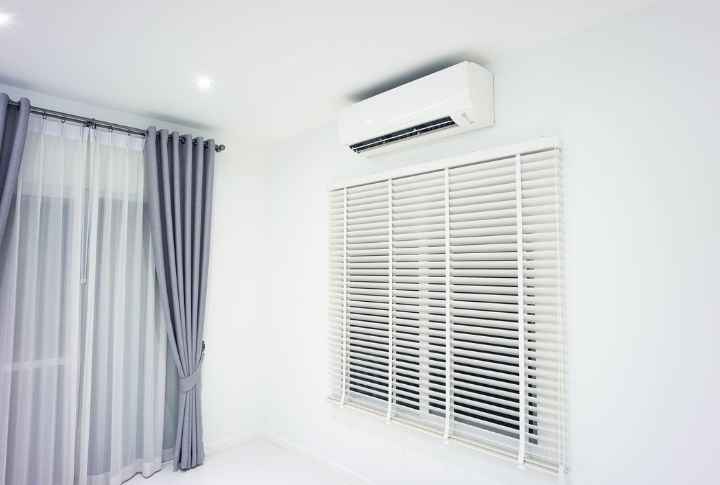
While closing blinds and curtains can help block out some sunlight and heat, it’s not a substitute for proper insulation and efficient cooling. The AC may still need to run to maintain a comfortable temperature indoors, especially during peak sunlight hours.
Running the ceiling fan in conjunction with the AC will significantly reduce power consumption
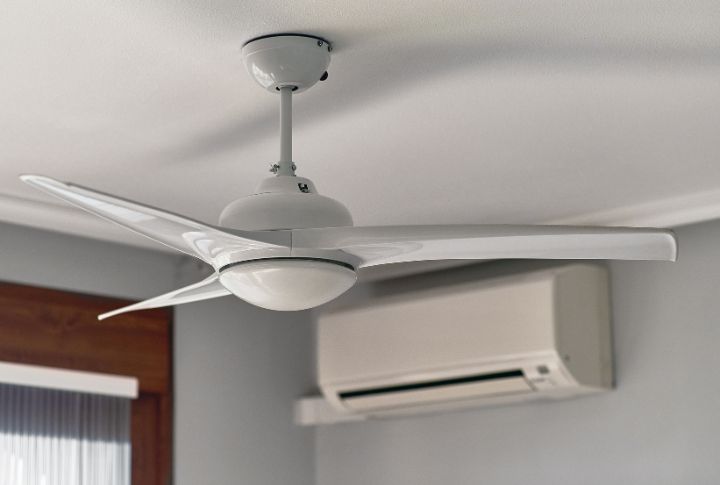
Running a ceiling fan on its own can give the impression of cooler air, but it doesn’t substitute the cooling effect of an air conditioner. Moreover, using both the ceiling fan and AC simultaneously doesn’t decrease power consumption either. The air conditioner’s energy consumption will remain constant based on the temperature setting. However, using a ceiling fan enhances air circulation, which is still beneficial.
You can improve cooling efficiency by keeping the AC fan setting on “on” instead of “auto”
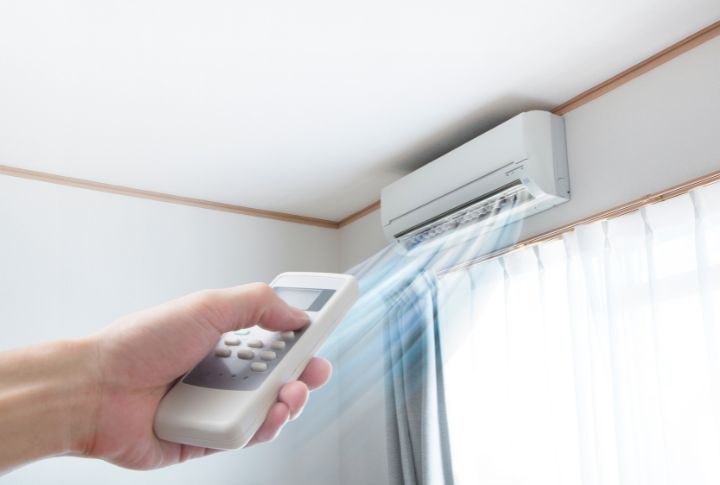
Despite improving air circulation, keeping the fan constantly running might have more downsides in the long run. One major side effect is that it can also increase power consumption and accelerate system degradation. The “auto” setting makes the fan run only when cooling is needed, resulting in better efficiency and less strain on the system.
